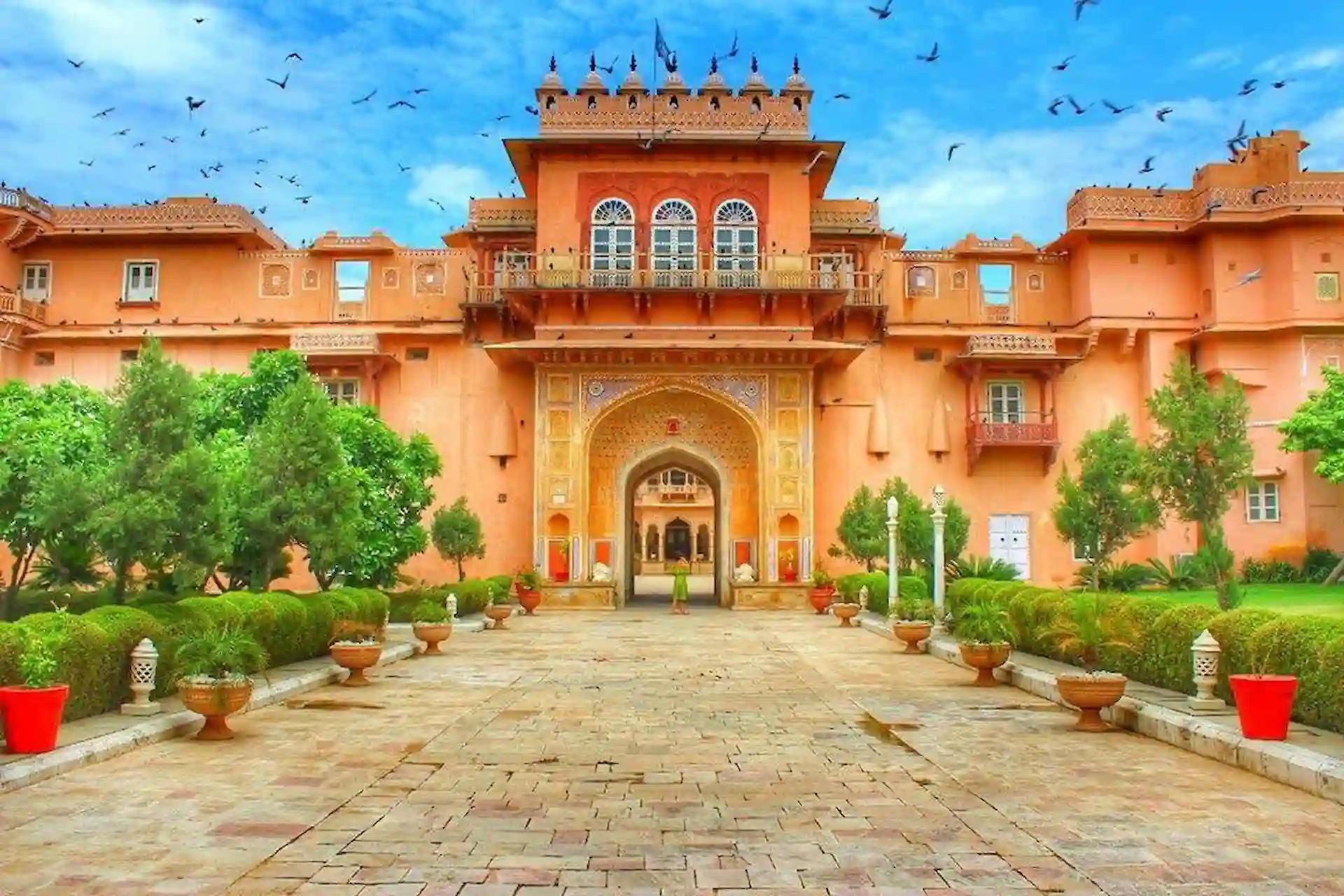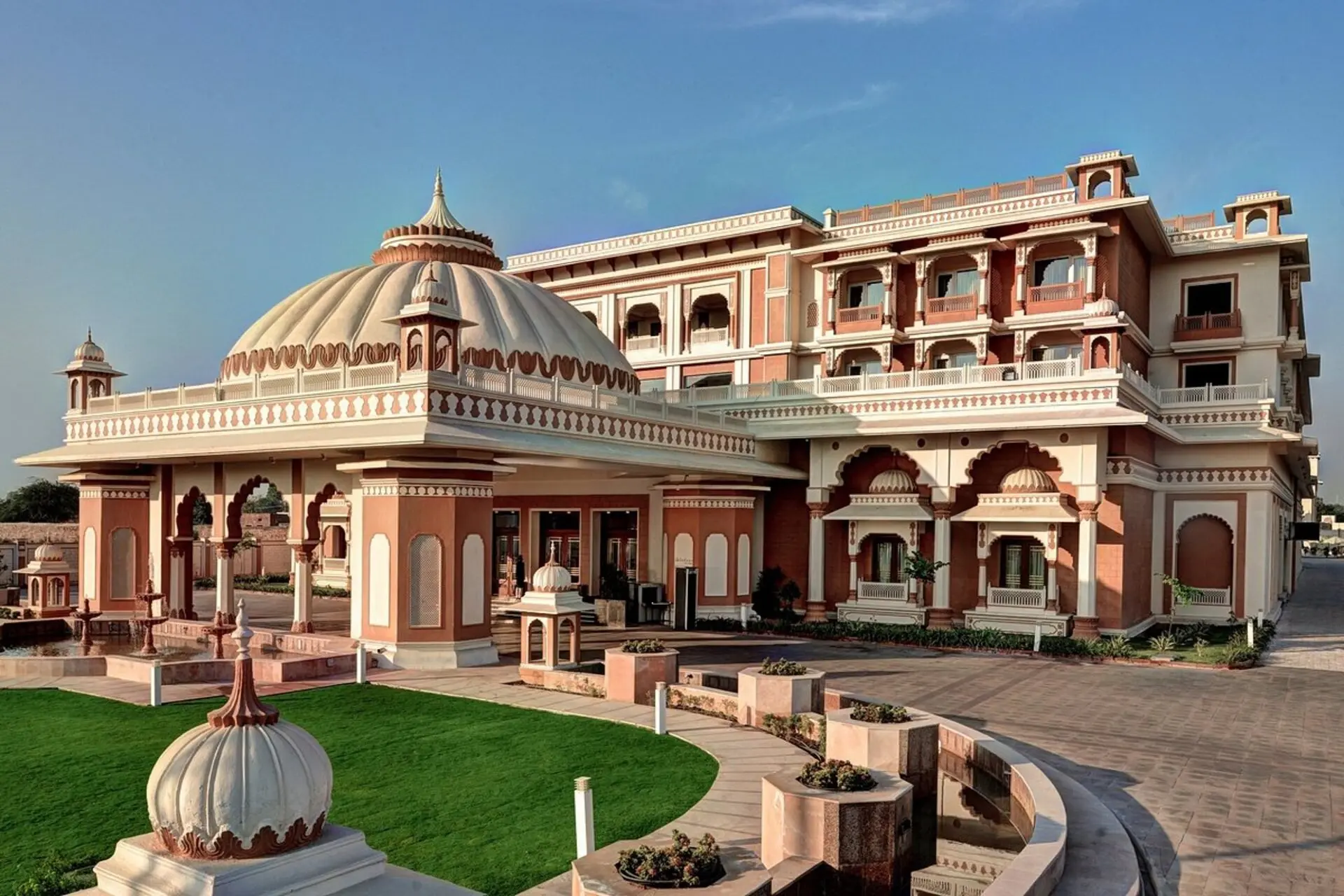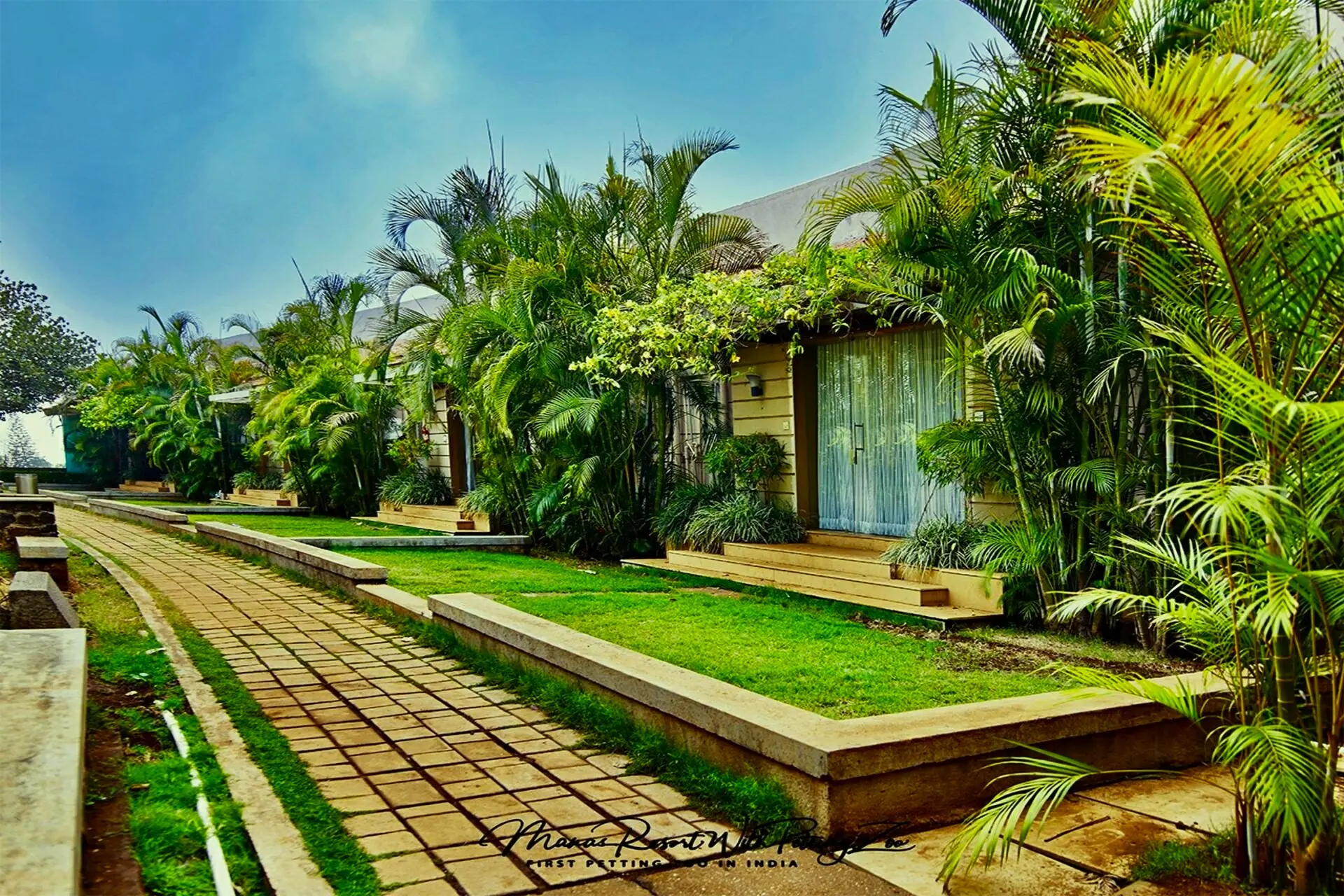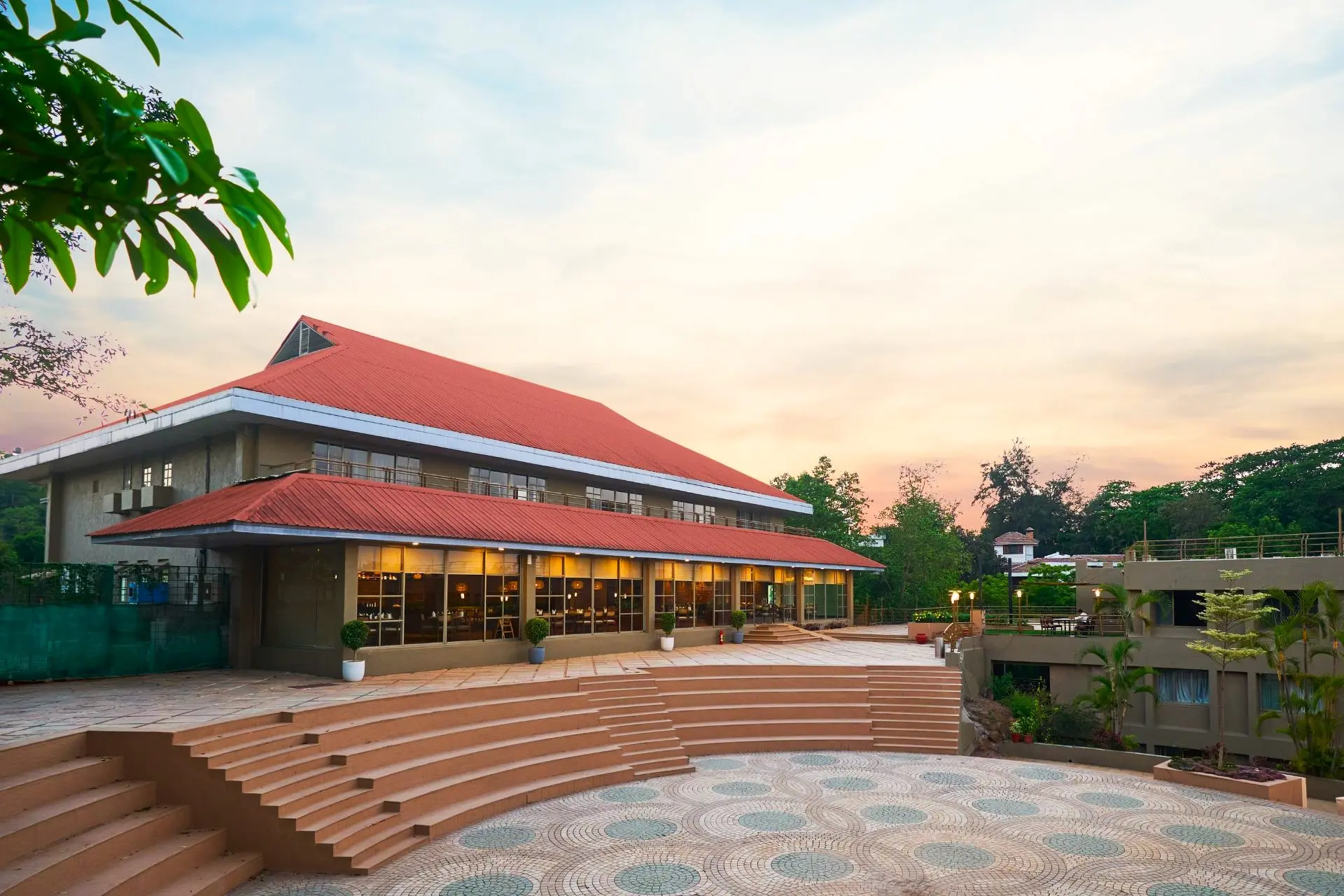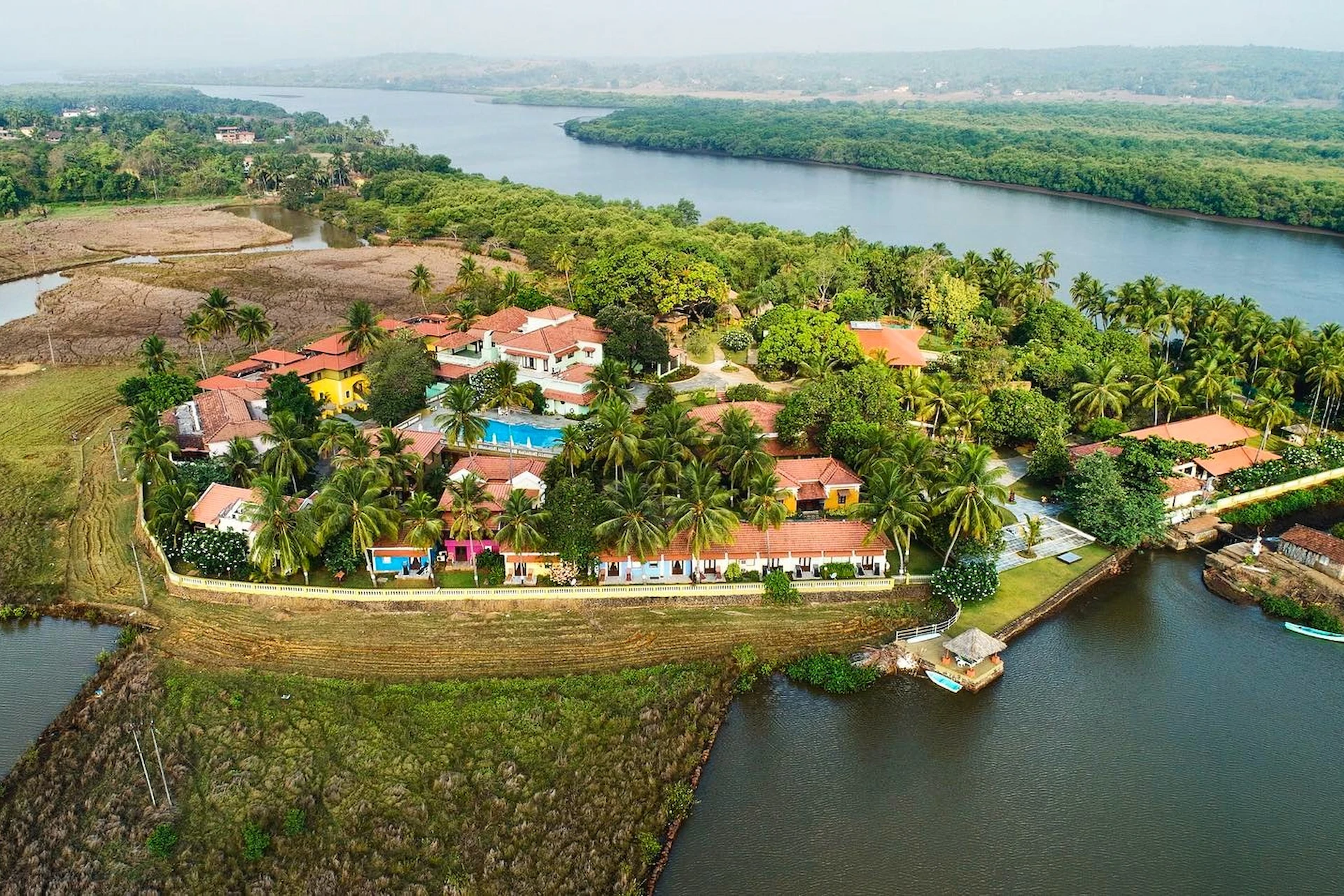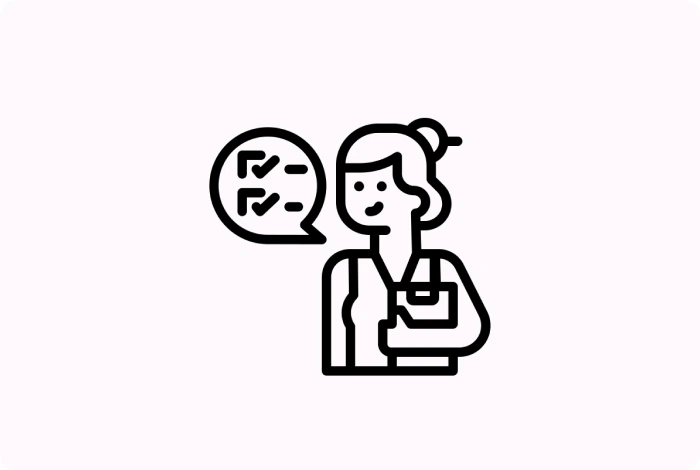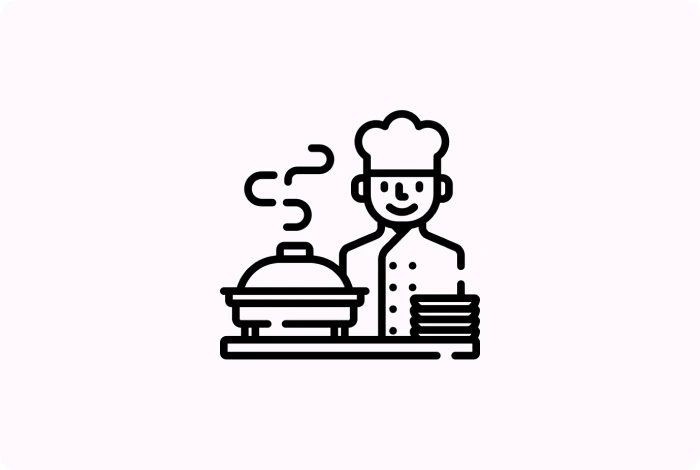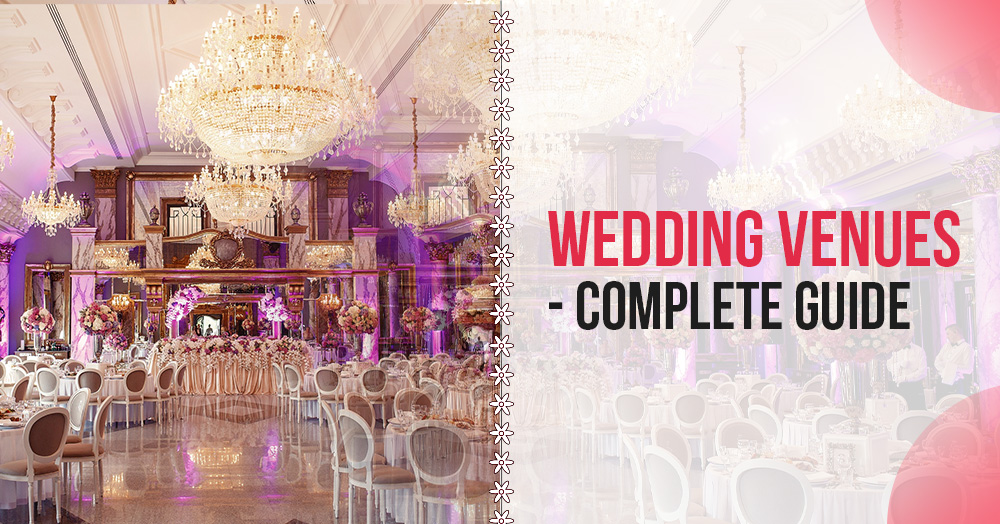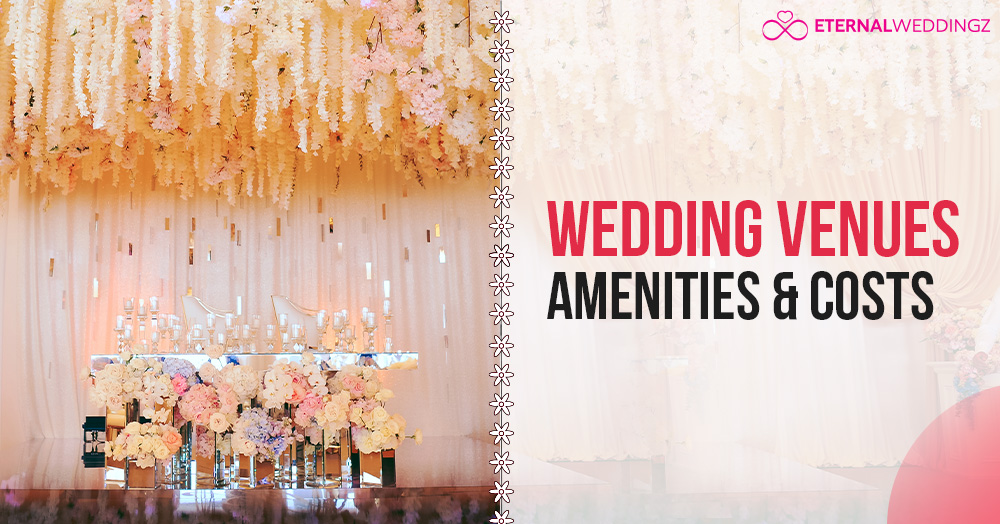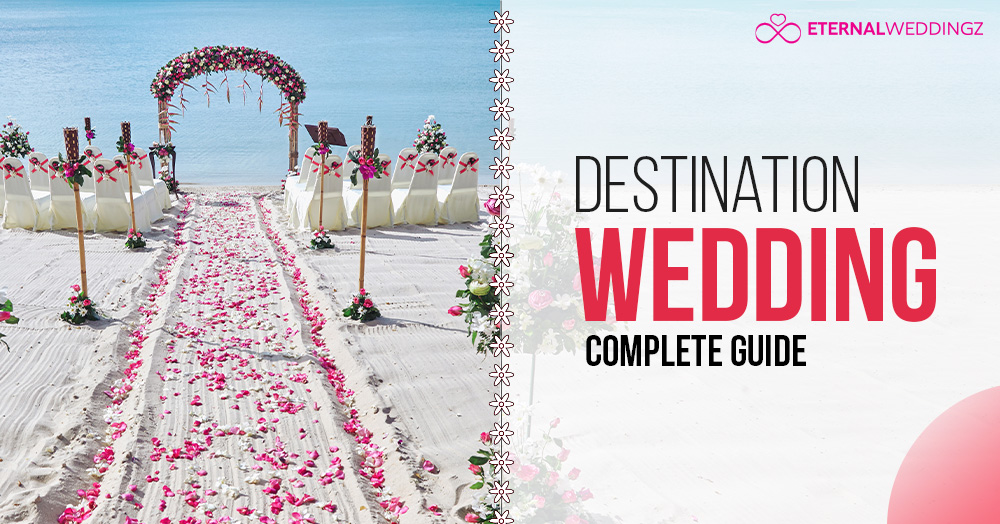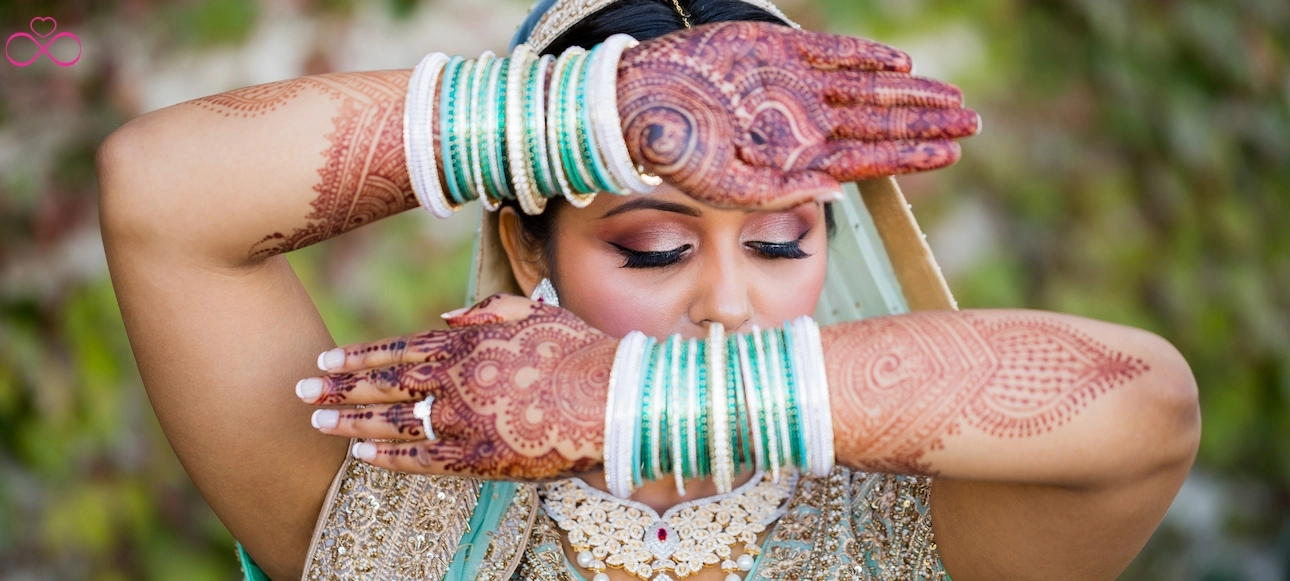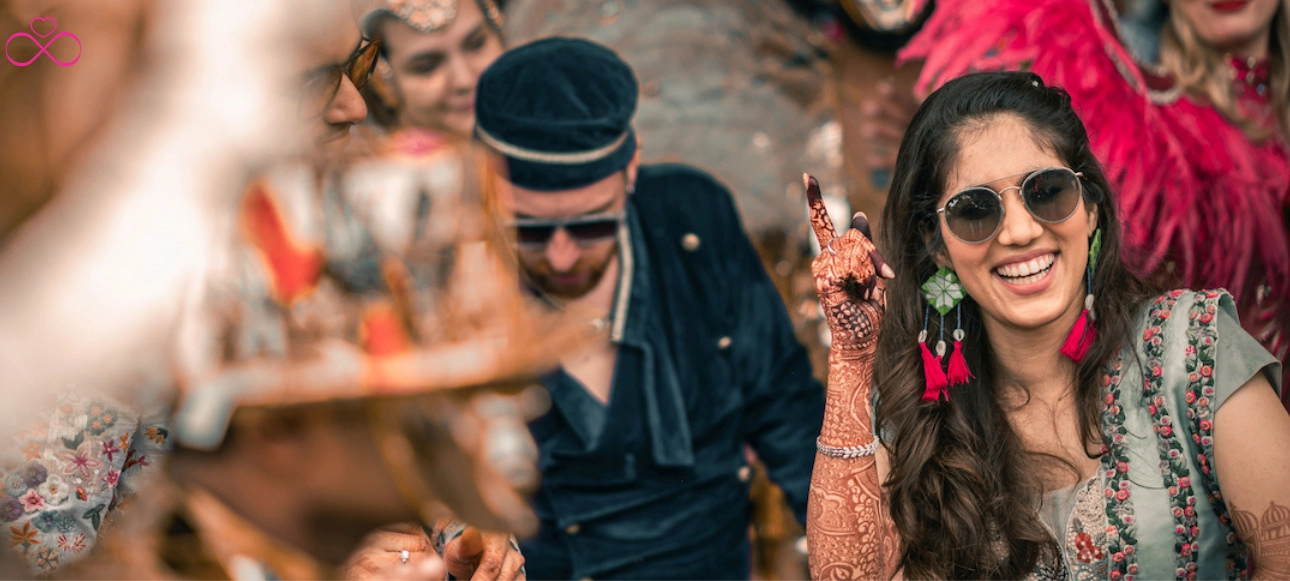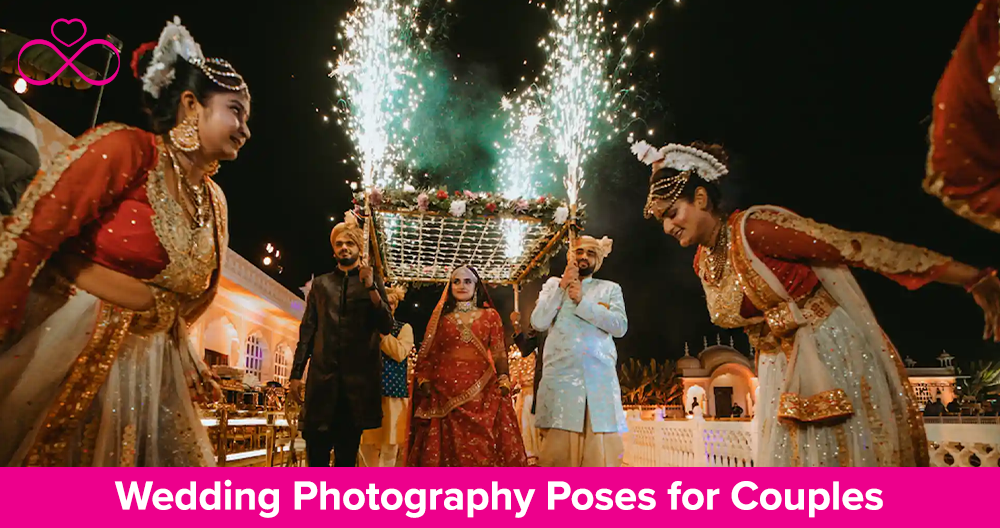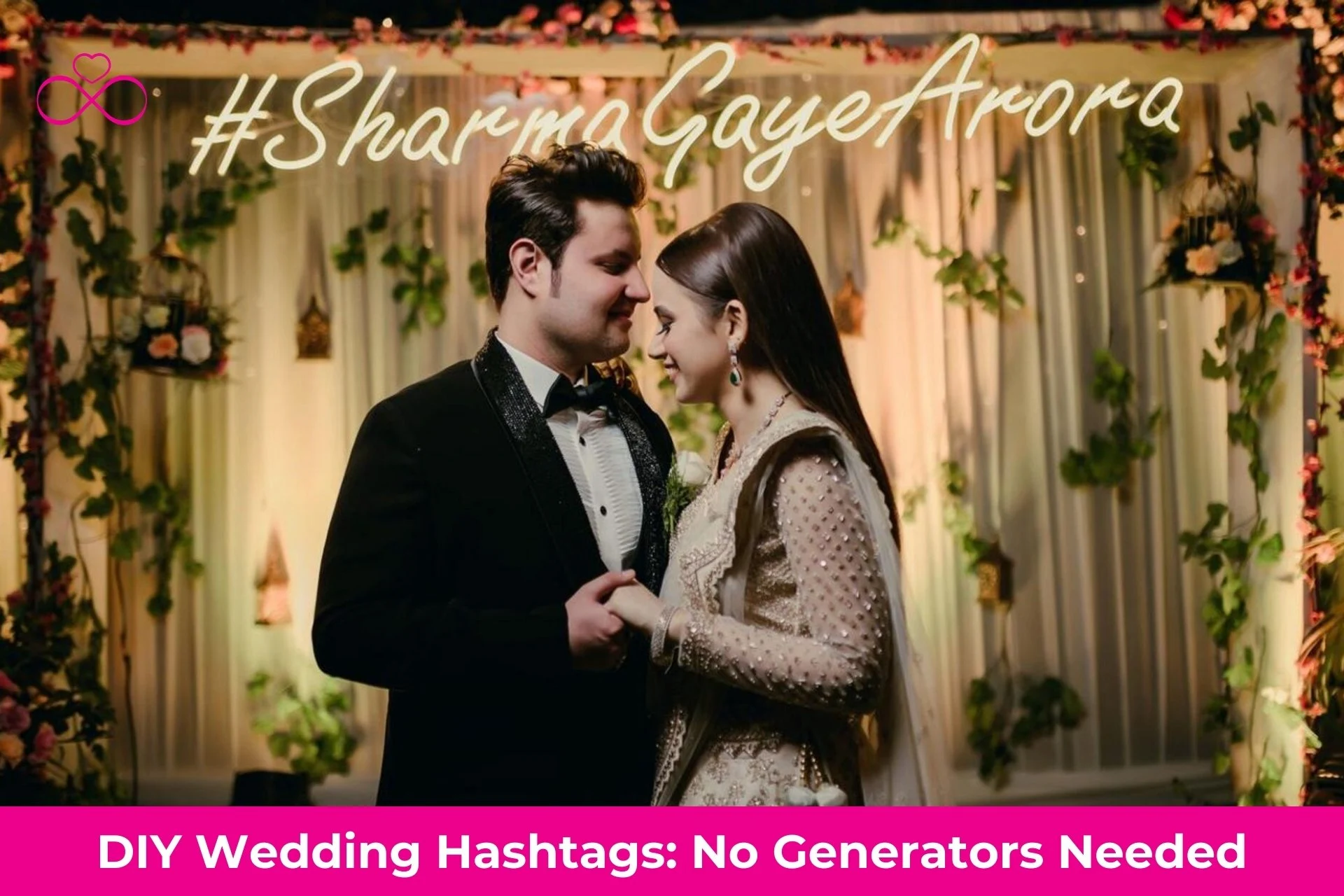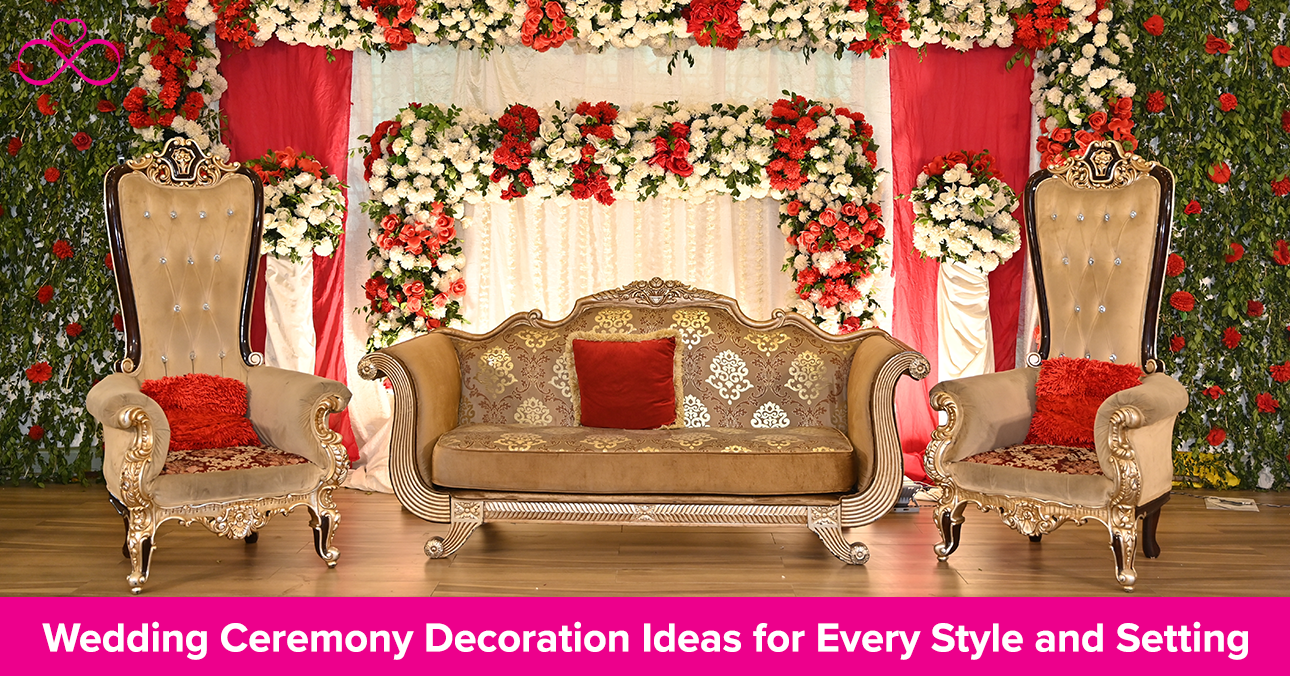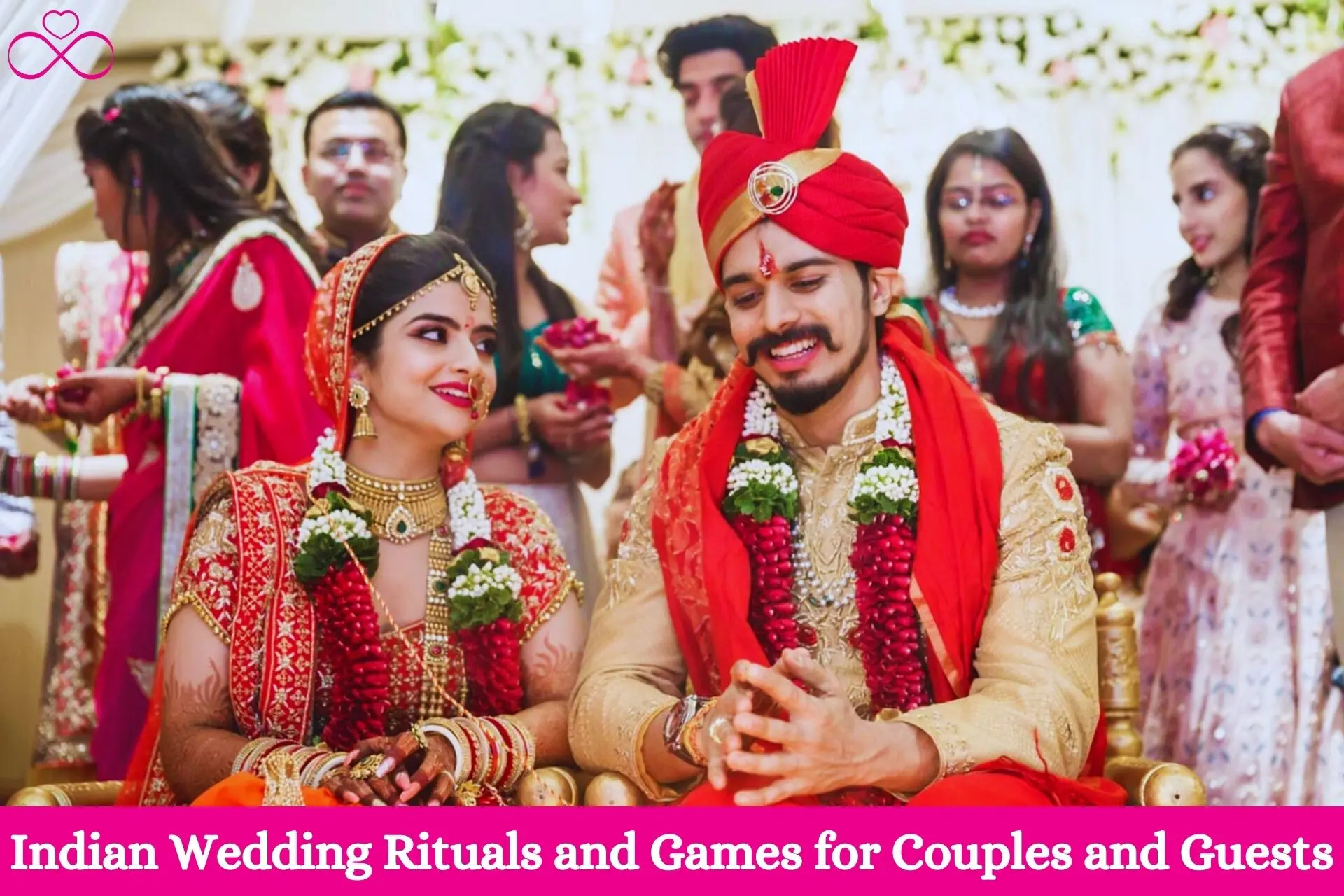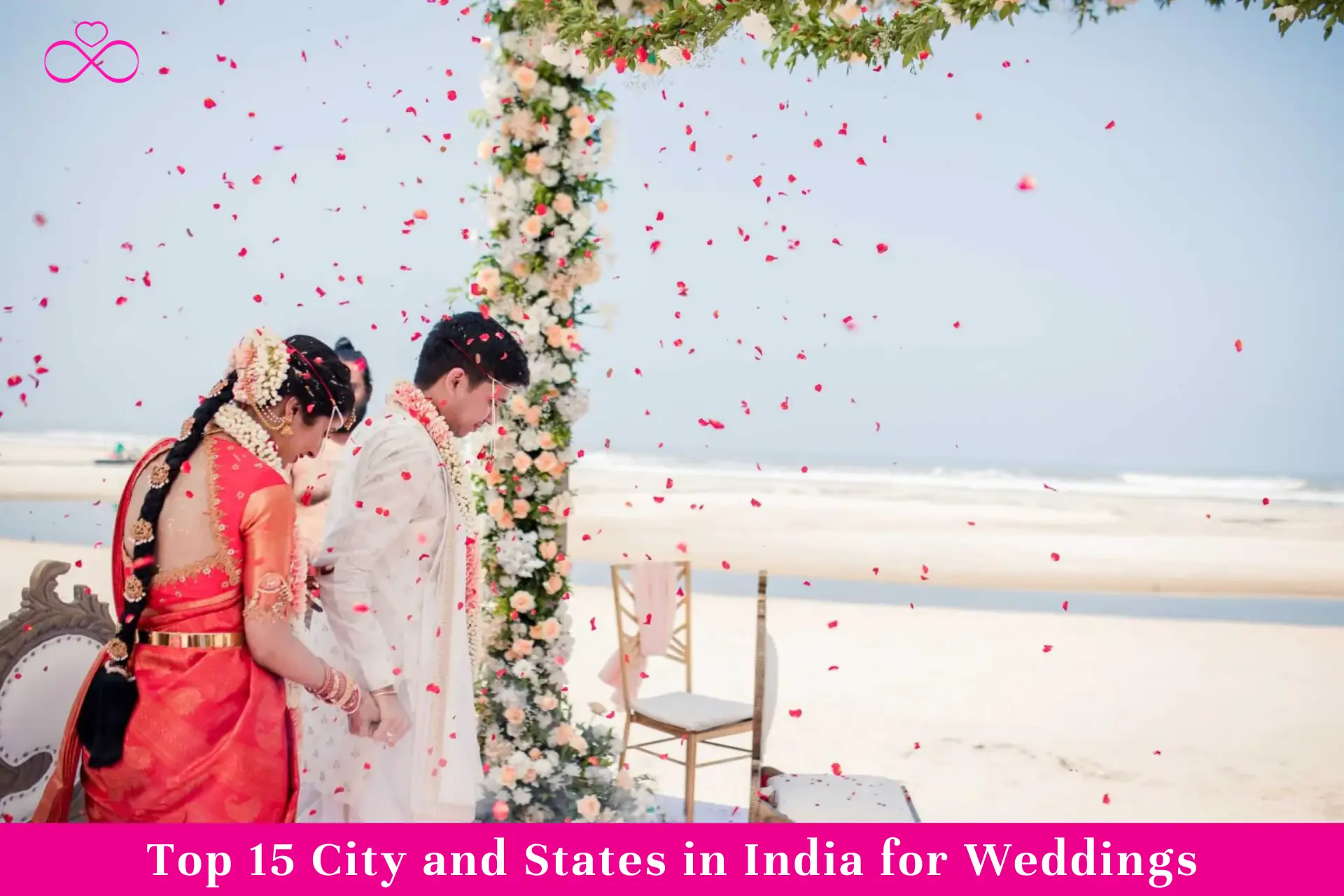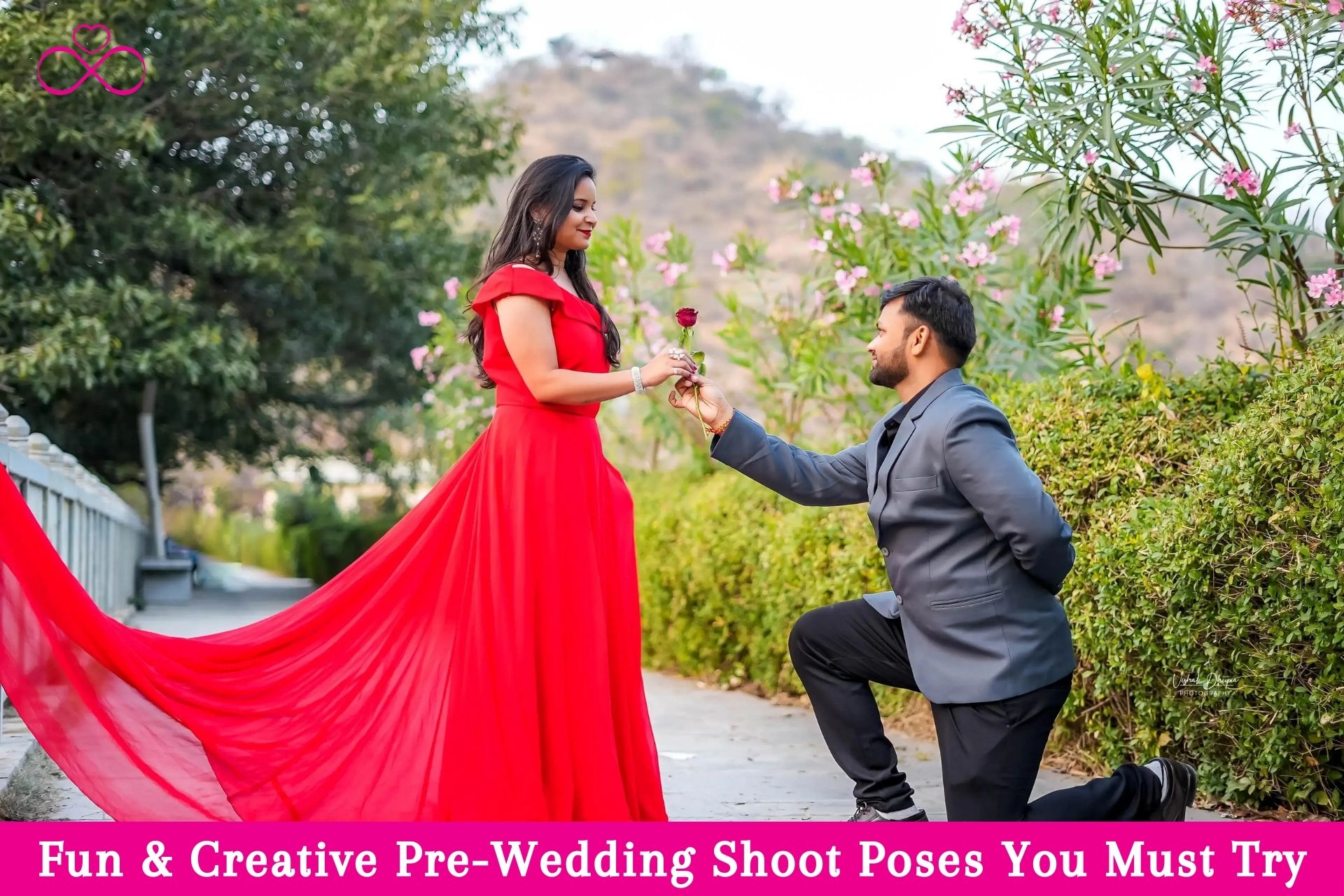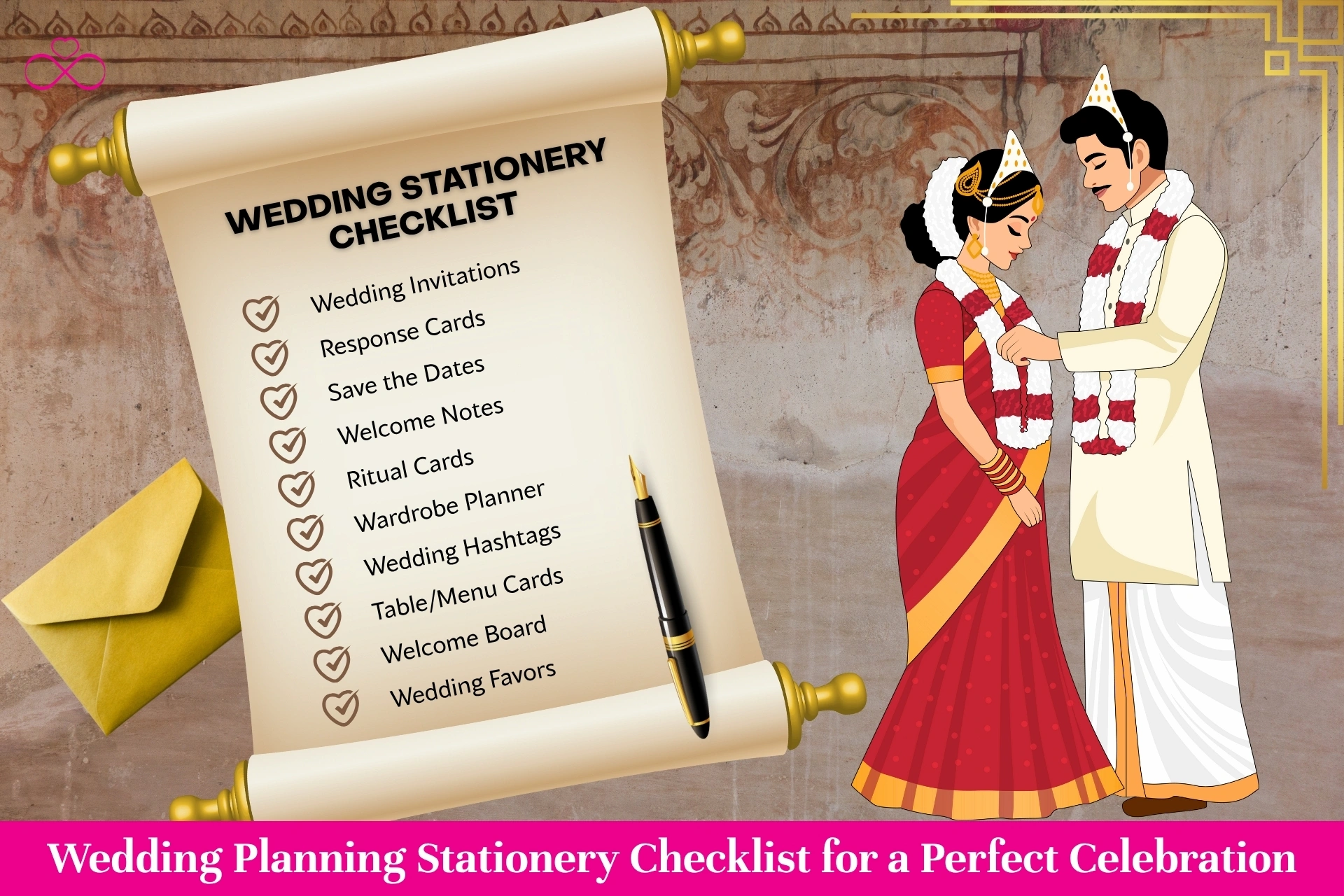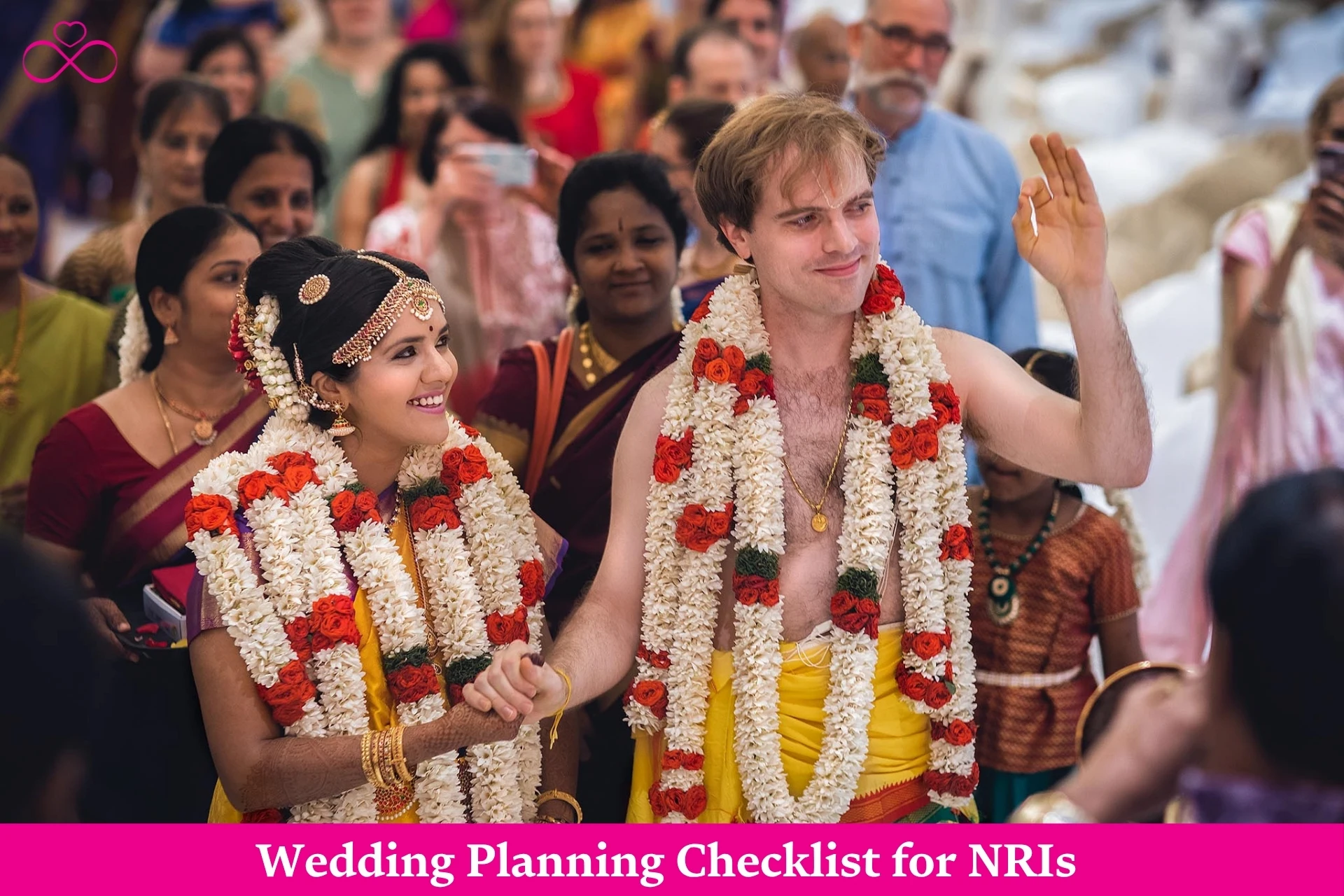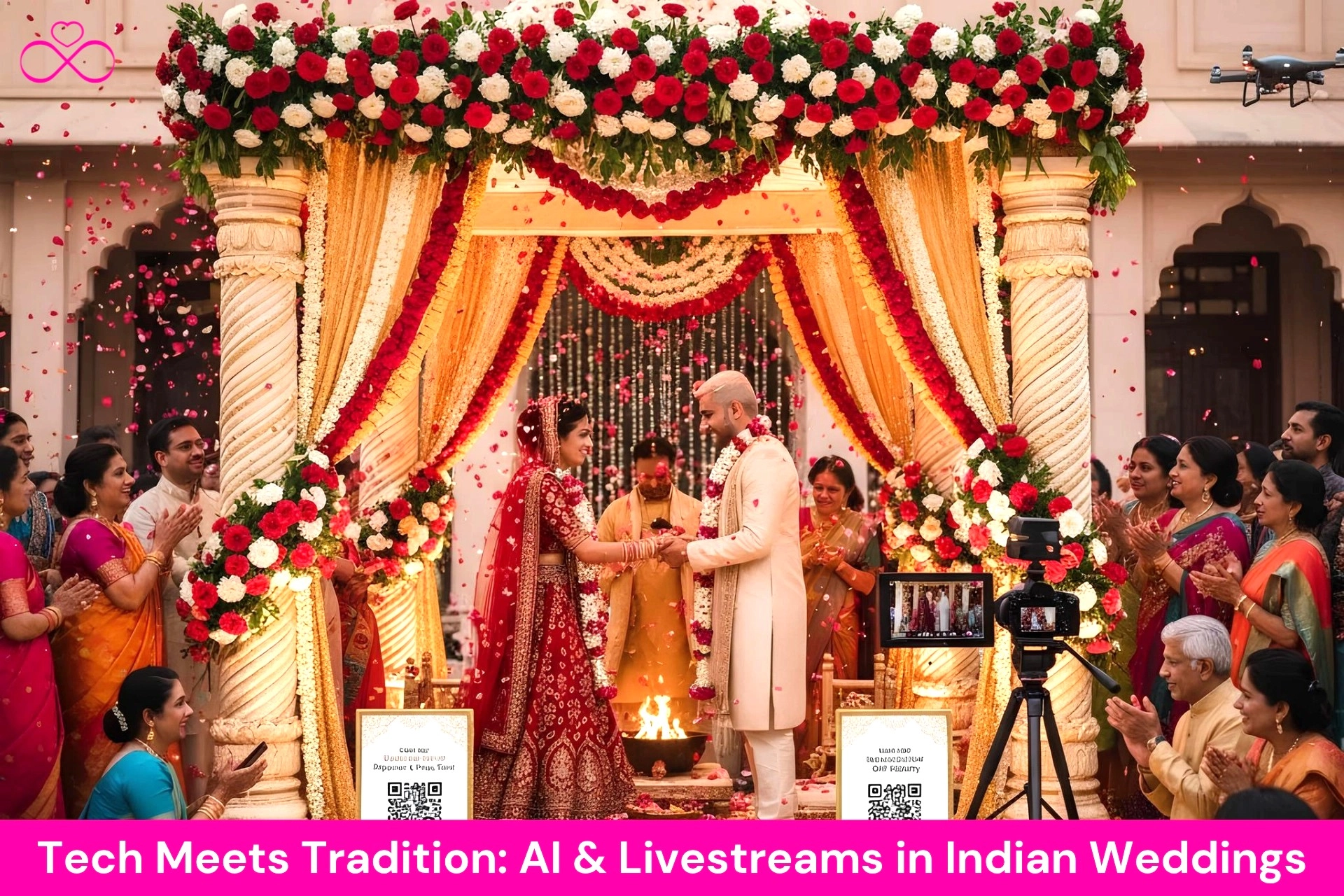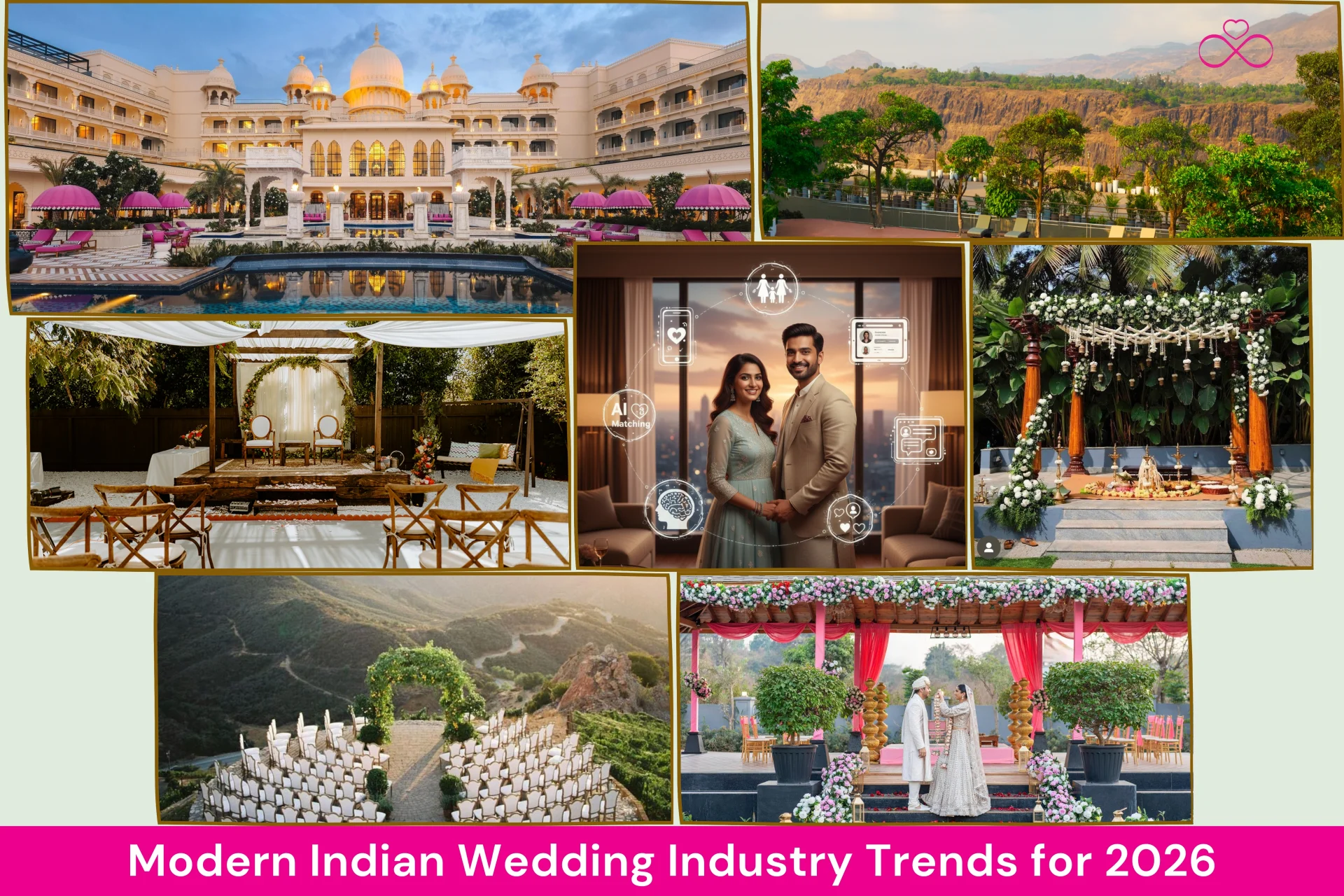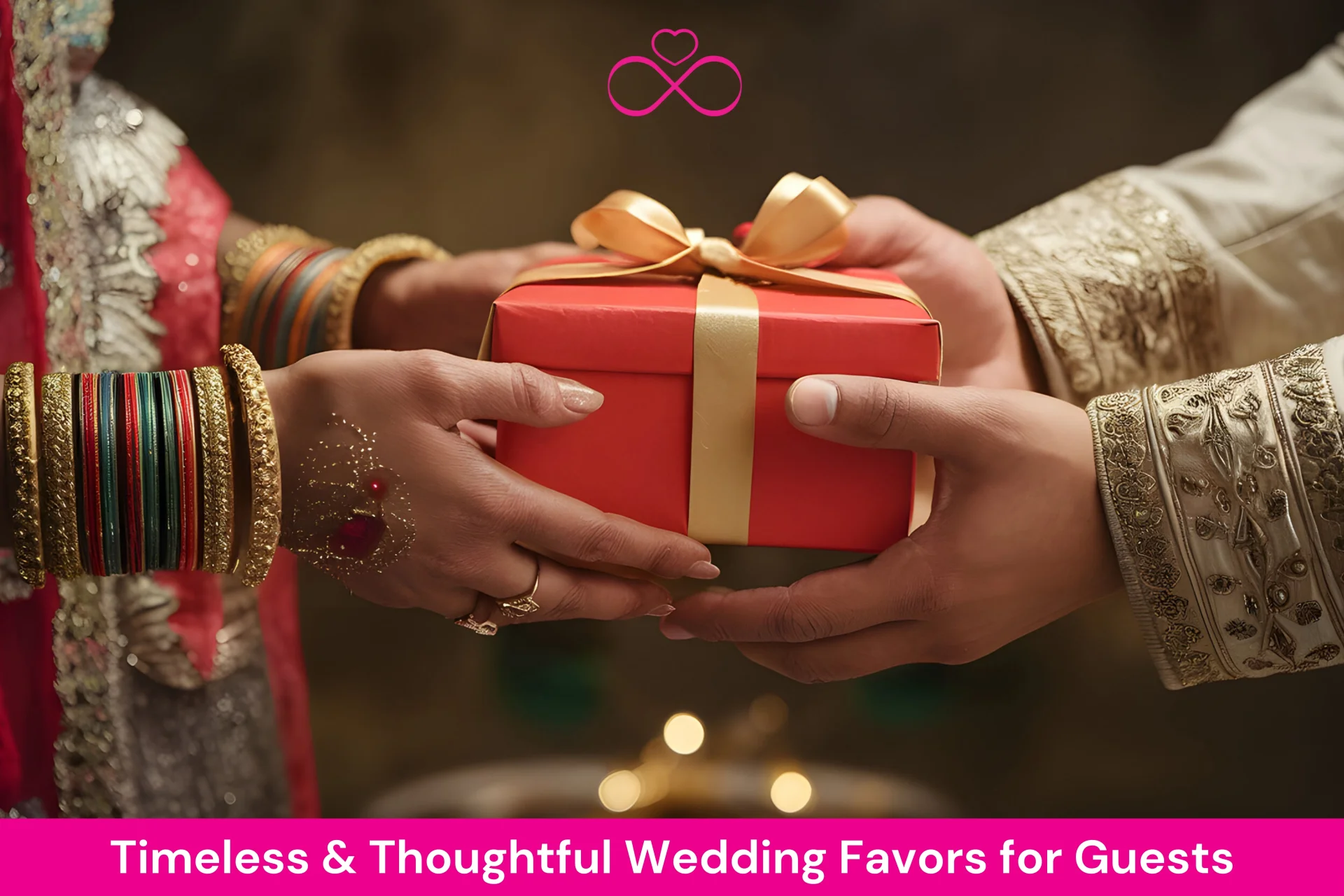Regional Rituals: Unique Wedding Processions (Baraat) from Across India

Introduction:
You know, there's just something about Indian weddings that lights up all your senses – seriously, the vibrant colors, the lively music, and those heartwarming Indian wedding traditions? They're unforgettable. And let's be real, one of the most captivating moments has to be the baraat, right? That amazing wedding procession where the groom makes his grand entrance to meet his bride. Every baraat is its own special celebration, just brimming with symbolism and those 'I'll never forget this' kind of moments. Whether it's the booming dhol drums from Punjab or the melodic nadaswaram from down South, these traditions really just shout out how incredibly rich India's culture is.
If you're planning your wedding, understanding these regional Indian wedding rituals and traditions can inspire you in unique ways to honor their heritage. Whether you’re dreaming of a traditional ceremony or just want to add some authentic cultural touches into a modern celebration, exploring these processions is a wonderful source of inspiration. You can create moments that connect with your roots and truly wow your guests.
North Indian Wedding Processions: Grandeur and Celebration:
When you think of weddings in Northern India, imagine streets full of grand, high-energy processions that basically turn into a moving festival! We're talking about baraats here, and trust us, they're not just formal parades. They're joyous, dancing celebrations that pull everyone into the fun.
A. The Punjabi Baraat: A Festival on Wheels:
A Punjabi baraat isn't just a procession; it's pure joy and excitement exploding onto the streets! Imagine the groom, often on a beautifully decorated mare (ghodi), leading his family and friends, all dancing their hearts out on their way to the wedding venue. That infectious dhol drumbeat? It's the very pulse of the procession, keeping everyone's energy sky-high. And with guests in their bright turbans and colorful scarves, it's a visual feast you won't forget.
What really makes the Punjabi baraat special is how everyone joins in and the old age Punjabi Songs that revolve around the procession before the actual Anand Karaj. It’s a grand, happy parade for all to enjoy, with family, friends, and even neighbors dancing along. It's all about the groom's joyful journey to his bride, celebrating with everyone he loves. This joyful party perfectly captures the happiness of two families coming together. Sometimes, grooms even swap the traditional horse for a cool car or motorcycle for a modern touch!
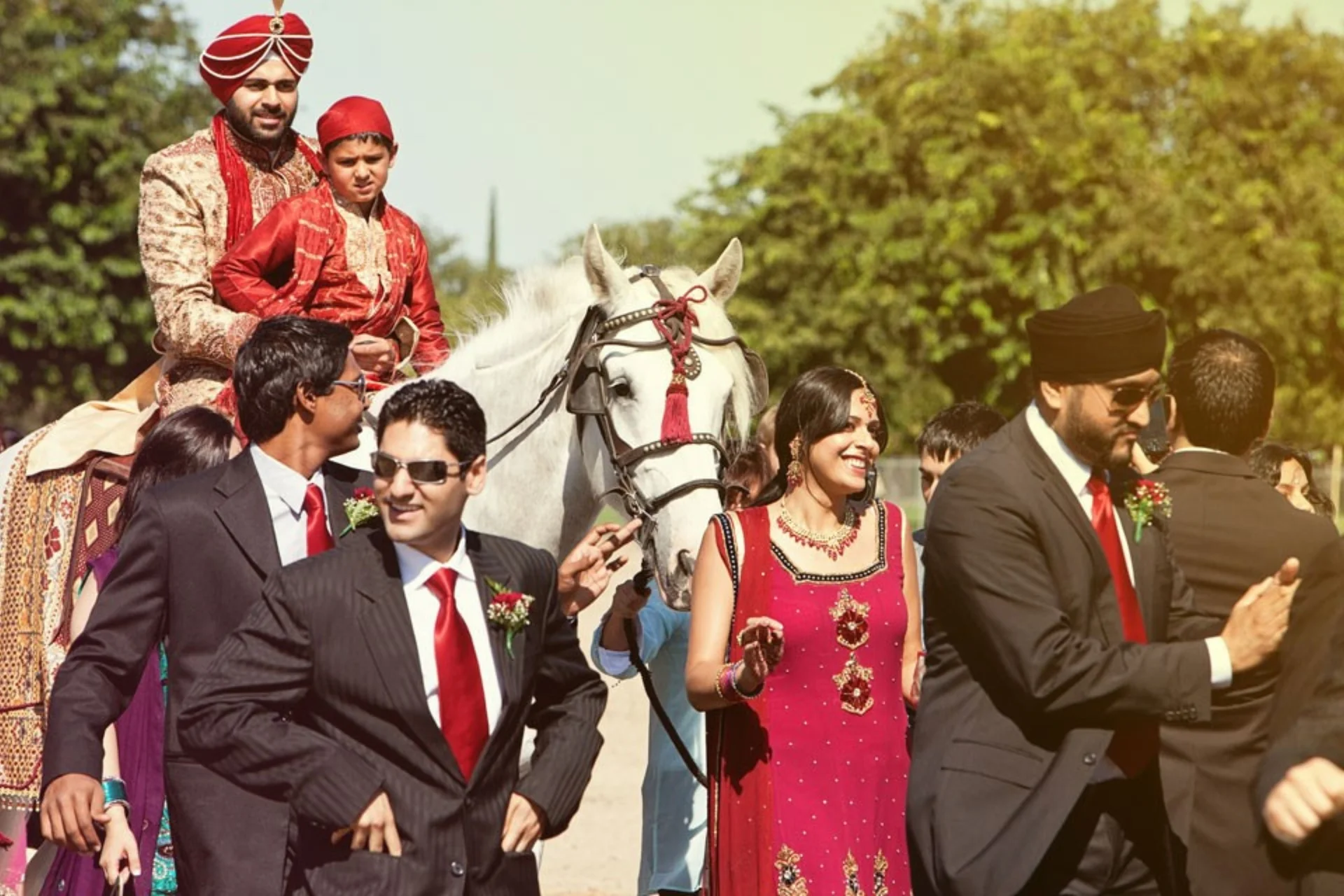
B. Rajasthani Royal Processions: A Regal Affair:
Imagine the groom making a grand entrance, often on a majestically adorned elephant or horse, a nod to Rajasthan's royal past. Folk musicians fill the air with the sounds of traditional instruments like the shehnai and dhol, creating a truly enchanting atmosphere. The procession itself is a feast for the eyes, with vibrant Bandhani textiles, intricate headgear, and sometimes even captivating performances such as fire-breathing or sword dancing.
And of course, no Rajasthani wedding is complete without the lively "band baaja baraat," where a brass band announces the groom's arrival from miles away! You'll often see captivating folk dances like the Ghoomar, performed by women whose vibrant ghagras create a mesmerizing blur of color as they twirl.
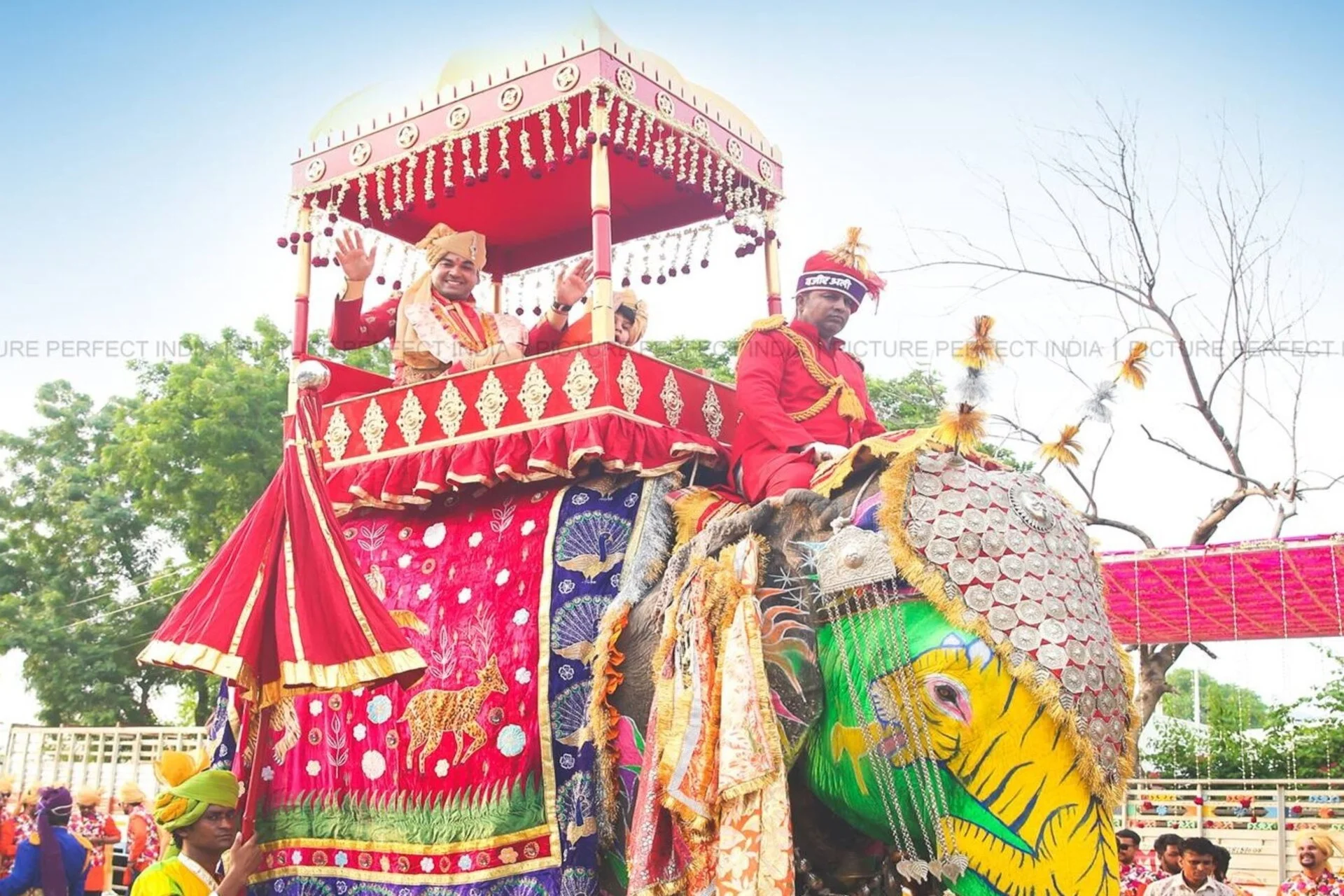
South Indian Wedding Processions: Elegance and Spirituality:
South Indian wedding processions are a beautiful blend of elegance, tradition, and spirituality. With soulful music and meaningful rituals at the heart of it all, they create an atmosphere that feels both sacred and full of grace.
A. Nadaswaram Melodies and Sacred Processions:
Step into the serene beauty of South Indian wedding processions, where spirituality and classical music intertwine. The enchanting melodies of the nadaswaram, a traditional wind instrument, fill the air, believed to summon divine blessings. These processions often begin at temples, where couples seek the blessings of deities before proceeding to the wedding venue.
In Tamil Nadu, wedding processions often include the beautiful and traditional palanquin ceremony. Here, the groom is carried in an elegant sedan chair, decorated with vibrant flowers and luxurious silk drapes. It’s a special moment that highlights the groom’s role and significance as he gets ready to welcome his bride and begin a new chapter in their lives together.
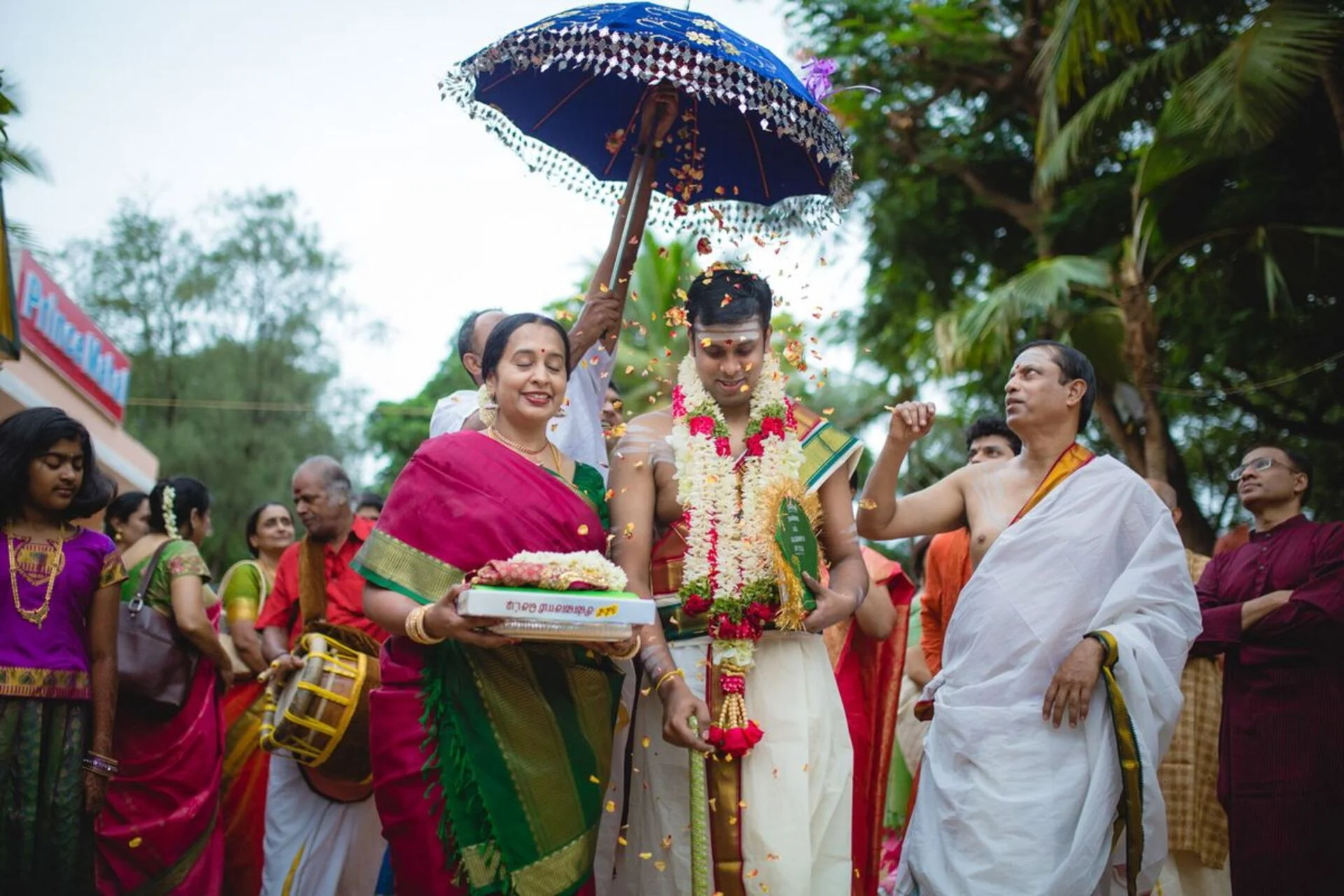
B. Kerala's Elephant Processions:
Kerala's wedding traditions showcase the state's unique cultural identity through elephant processions. These magnificent creatures, adorned with golden caparisons and colorful parasols, create an awe-inspiring spectacle. The rhythmic beating of traditional drums like the chenda and mridangam accompanies the procession, while performers in traditional kasavu mundu create an atmosphere of reverence and celebration.
As the gentle giants move with slow, majestic grace, they represent prosperity, wisdom, and good fortune for the new couple. It's a moment that allows the wedding party and guests to truly absorb the significance of the union, creating memories that will last a lifetime.
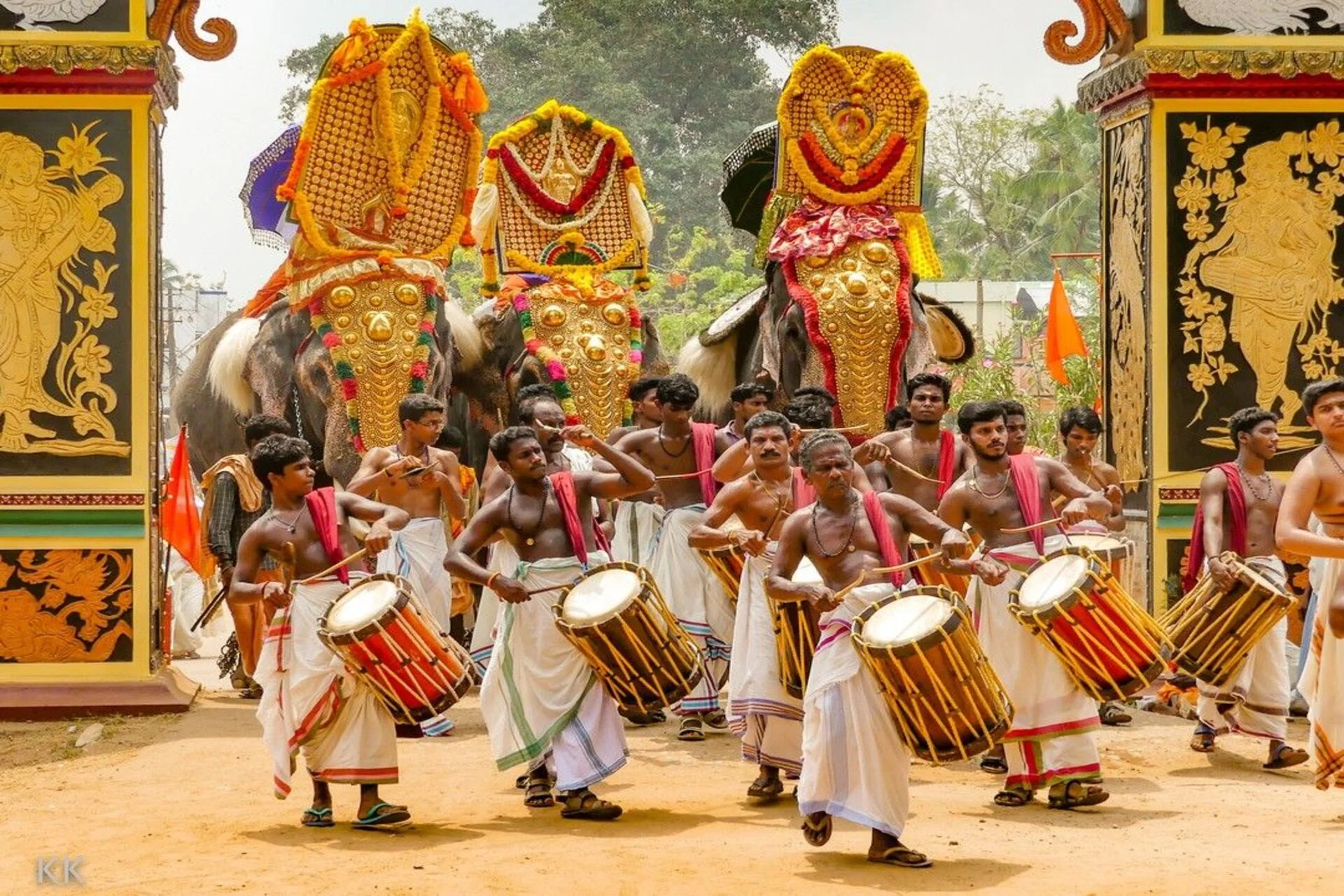
Eastern India: Artistic Expression and Heritage:
The wedding rituals of Eastern India are deeply artistic and steeped in cultural symbolism, often focusing on the spiritual and emotional union of the couple.
A. Bengali Saat Paak: Circular Symbolism
One of the most enchanting Bengali traditions is the Saat Paak. Here, the bride, perched on a wooden stool (a piri), is gently carried by her brothers or uncles as she circles her groom seven times. While it all unfolds right inside the wedding venue, the meaning behind it is truly powerful: those seven circles symbolize the seven sacred promises the couple makes and their pledge to spend seven lifetimes together.
During this ritual, the bride covers her face with betel leaves, only revealing herself to the groom at the moment of Shubho Drishti (the auspicious sight). The distinctive sounds of the conch shell (shankh) and the ululation (ulululu) from elder women create an atmosphere that is both festive and sacred.

B. Odia Wedding Processions:
When you experience an Odia wedding procession, you'll discover a beautiful blend of deep spiritual devotion and vibrant cultural celebration. The groom makes a grand entrance, often arriving in a beautifully decorated car or even a traditional palanquin, surrounded by the lively sounds of musicians playing traditional instruments like the dhol and manjira. These processions frequently make stops at local temples to seek blessings for the union. And for an extra touch of grace, some modern Odia weddings even feature traditional Odissi dancers, whose classical artistry adds a truly unforgettable element that reflects the state's rich cultural heritage.
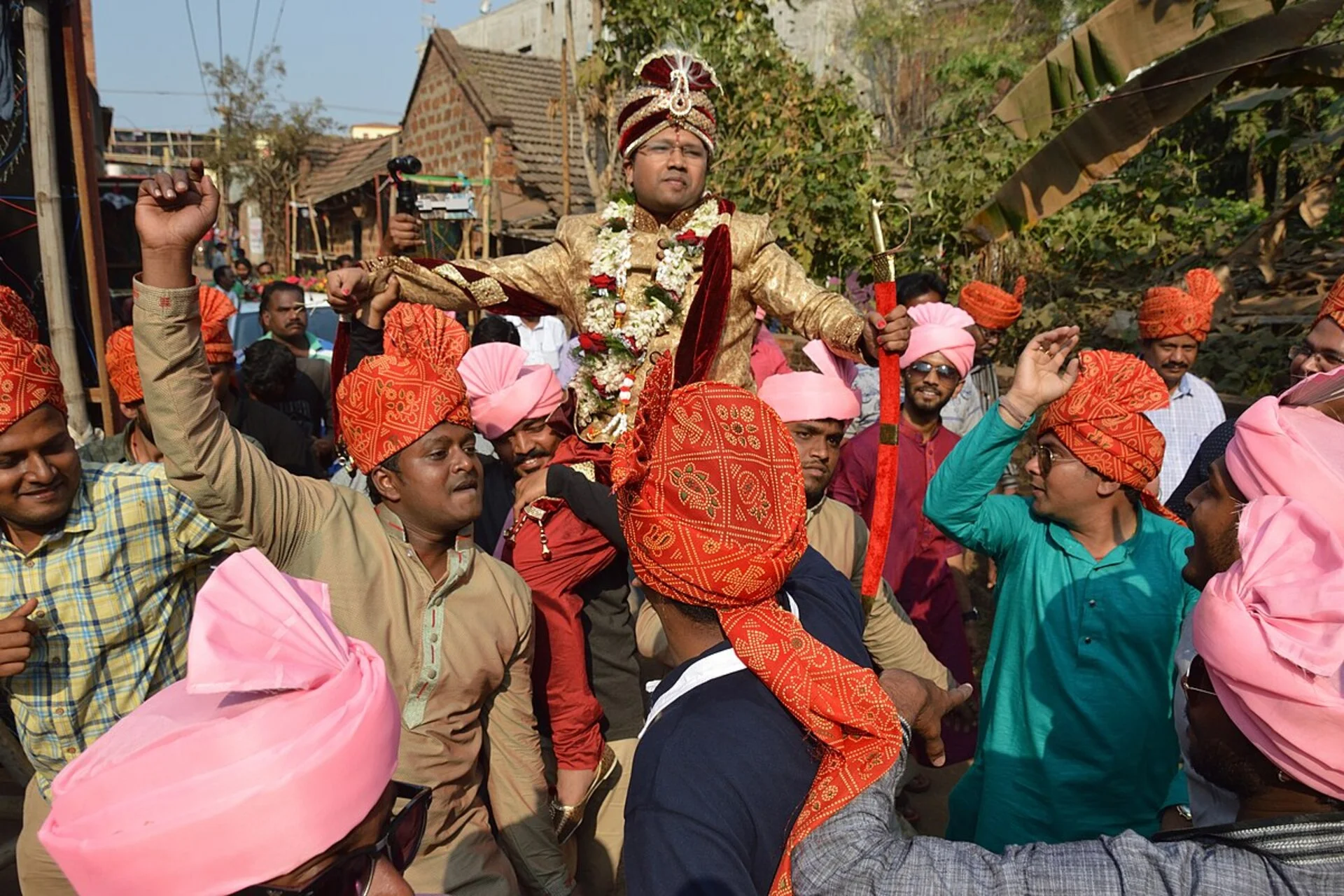
Western India: Community and Energy:
Western Indian wedding processions are known for their high energy and a strong emphasis on community and family bonds.
A. Gujarati Mameru and Processions:
In a Gujarati wedding, family ties are everything, and the Mameru ceremony beautifully showcases this. Just before the main wedding procession, the bride's maternal uncle, or mama, arrives with a heartwarming array of gifts, sweets, and the bridal attire, symbolizing his blessing and support. A similar ceremony is carried out for the Groom's Side, which is known as Mayra.
Then, the main procession begins, and it's a truly joyous celebration! You'll see family members dancing their hearts out to traditional folk songs, with the lively beat of a dhol and a brass band filling the air. There’s even a fun moment where the bride's family playfully blocks the groom's path, cheekily asking for a small "toll" before letting him through. It's these sweet, personal touches that bring everyone together and show the groom he's ready to start his new life, surrounded by the love of his family.
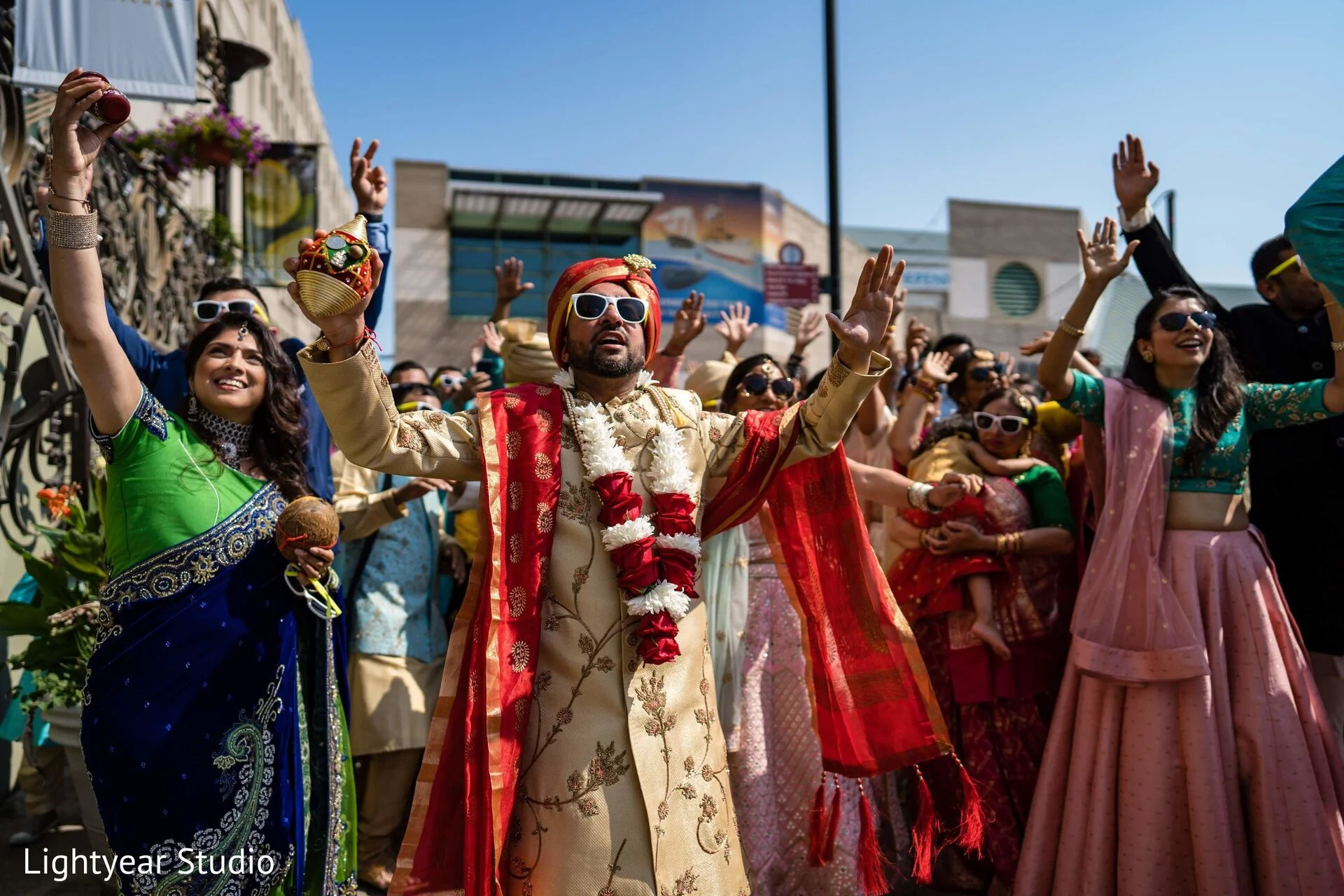
B. Maharashtrian Dhol-Tasha Processions:
Step into a Maharashtrian wedding, and you’ll feel the ground shake with the loud, exciting beats of the dhol-tasha pathaks. These are big groups of drummers creating an energy you can feel all around you. It’s hard not to join in the fun as everyone dances with joy, celebrating Marathi culture at its best. The groom, looking royal in his traditional pheta (turban), is led to a special moment—the antarpat ceremony. A simple cloth is held between him and his bride, hiding them from each other. Then, at just the right time, the cloth drops, and they finally lay eyes on each other, ready to begin their life together.
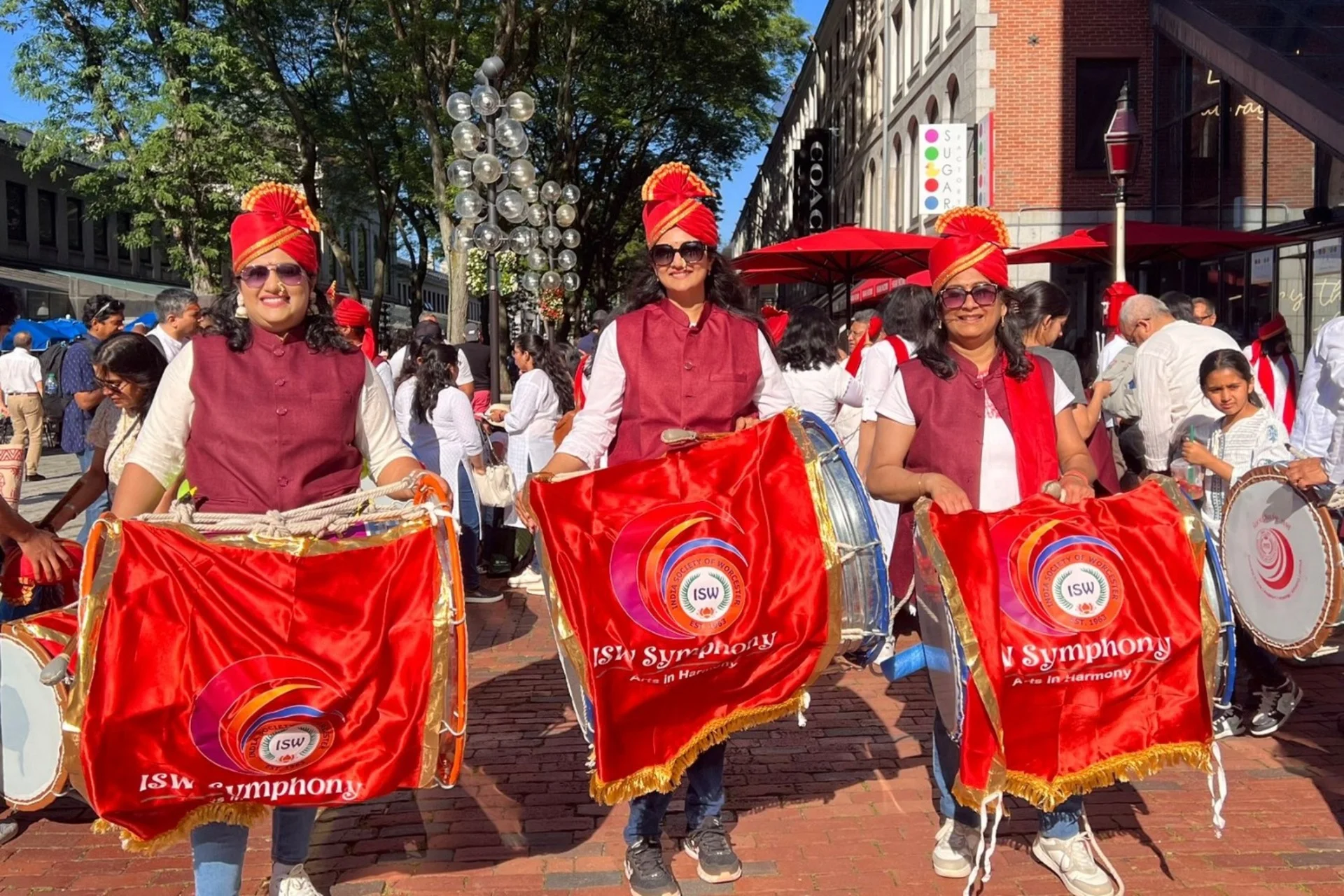
Modern Adaptations for Today's Couples:
Today's couples are finding creative ways to honor these beautiful traditions while adding their own personal touch.
- 1. Fusion Themes and Fun Ways to get around: Today, couples often mix traditions from different regions. So, at a Punjabi-Gujarati wedding, you might see energetic dhol players alongside folk dancers – a truly unique celebration that honors both families. Grooms are also getting super creative with how they arrive, showing up in vintage cars, on motorcycles, or even by boat for waterfront weddings.
- 2. Adding Personal Touches: If you’re having a smaller wedding or a destination wedding, you can still bring in those meaningful cultural touches without a big parade. Think about playing music from your region, carrying something symbolic like a kalash (a special pot), or wearing traditional accessories to honor your heritage.
- 3. Letting your guests join the fun: To make the baraat more personal and engaging, planners are getting guests involved by handing out colorful scarves, flower petals, or simple percussion instruments. It’s a wonderful way to let everyone feel like a part of the celebration.
- 4. Cultural touches for Destination Wedding: Imagine blending your Indian procession with the local flavor of your destination. If you're tying the knot in Goa, for example, you could bring together the sounds of Konkani music and the laid-back energy of a beach party for a truly unique celebration.
Honoring Tradition While Embracing Your Future:
By thoughtfully including these regional customs, you’re not just planning a wedding – you’re crafting an authentic celebration that truly honors the past while beautifully embracing your future. Whether you lean into a traditional procession or mix and match elements from different regions, these cultural treasures offer endless possibilities for a wedding day that’s both meaningful and unforgettable. Your procession isn't just a journey; it’s a living bridge connecting your heritage with your shared future.
If you’re ready to start planning a wedding that beautifully reflects your culture and love story, our team Eternal Weddingz is here to help. Explore our wedding planning services to bring your dream celebration to life.
